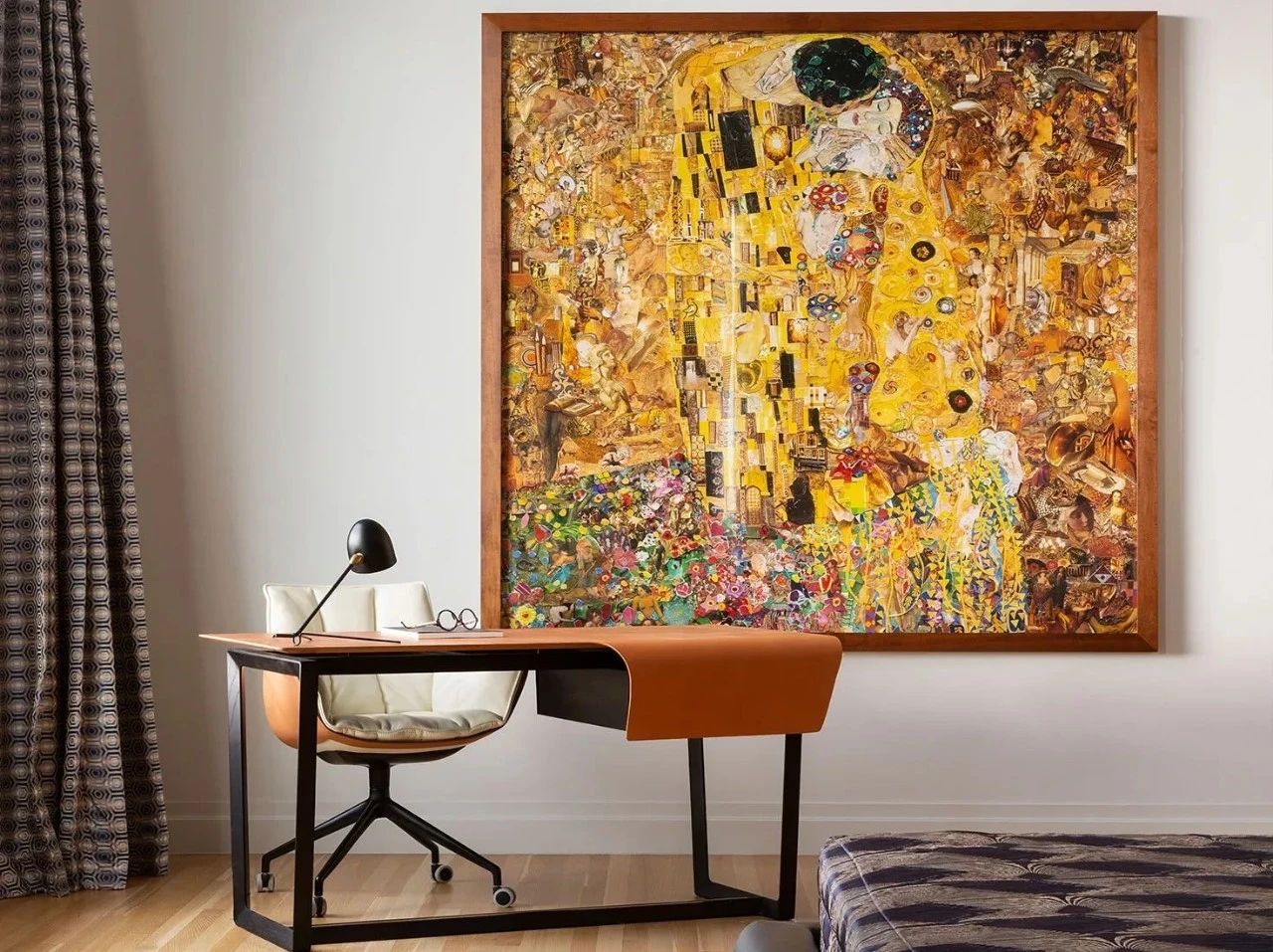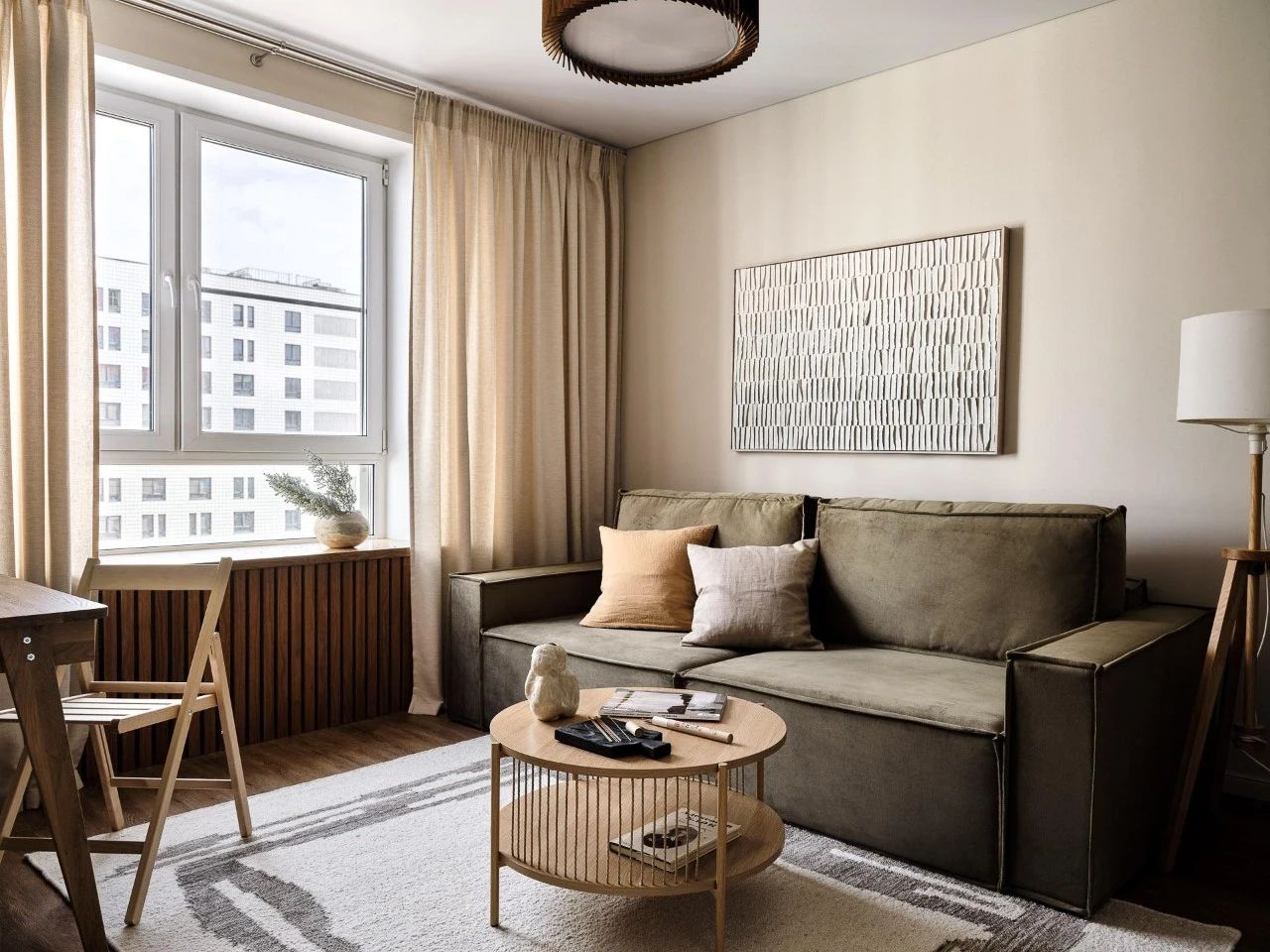Camburiú Building AR Arquitetos
2017-07-04 09:00
© Juan Pablo Rosenberg
.胡安·巴勃罗·罗森博格


架构师提供的文本描述。这座位于圣保罗陡峭地形上的八栋公寓楼的项目提出了一种替代城市集体住房的办法,即将这八栋住宅单元视为形成“垂直村”的一组覆盖房屋。
Text description provided by the architects. The project for this eight apartment building located on a steep terrain in São Paulo proposes an alternative for a collective housing in the city, by treating the group of residential units as a cluster of overlaid houses forming a "vertical village".
© Mário Daloia
(Mário Daloia)


© Maíra Acayaba
c.Maíra Acayaba


这一资源,除了为建筑物创造了丰富的体积,将每个居民的生活质量联系在一起,使其对邻里的影响很小,同时具有个人和集体的优势。
This resource, apart from creating a rich volume for the building, associates the quality of life of each resident to low impact on the neighborhood, in an association of individual and collective advantages.
由此产生的数量产生于协同反应与提出的六个具体假设的并列:-该方案:八个不同地区的住房单元。-陡峭的地块,使用高原和挡土墙;-土地面积小,单位可计算的面积。-根据中暑和后面(东部)山谷的景色进行布局。-尊重相邻房屋的最高高度和对它们的最小影响;-使用既经济又简单的结构解决方案
The resulting volume arises from the juxtaposition of collaborative responses to six specific assumptions raised: -the program: eight housing units with varying areas. -steep plot, with use of plateaus and retaining walls; -the small land area and consequent computable area available for the units. -layout according to heat stroke and the views of the Valley in the back (East). -respect to the maximum height of neighboring houses and minimal impact on them; -the use of a structural solution that is both economical and of simple execution
© Maíra Acayaba
c.Maíra Acayaba


最初,在750平方米(15x50米)地块上找出8个住房单元,而不可能使用累进和税收(C.A=1),迫使我们寻找另一条路线,优化每套公寓的面积。外部区域,而不是可计算的区域,作为一种自然反应出现。
At first locating eight housing units on a 750m² (15x50m) plot, without the possibility of using progressive and taxes (C.A = 1), forced us to seek an alternative route to optimize the areas of each apartment. External areas, not computable, emerged as a natural response.
© Maíra Acayaba
c.Maíra Acayaba




© Mário Daloia
(Mário Daloia)


在倾斜的地形下,一个以前的工业仓库已经被分成了四个高原,从街上一直往下走。另一种解决办法是利用这些水平,以及现有的挡土墙,以尽量减少土方工程的能源成本。
The sloping terrain, a former industrial stockyard was already divided into four plateaus going from the street down. Another solution was to take advantage of these levels, as well as the existing retaining walls, in order to minimize the energy cost with earthwork.


© Juan Pablo Rosenberg
.胡安·巴勃罗·罗森博格




在建筑的发展过程中复制了与这些水平相关的体积堆积,产生了不同大小和深度的积木,从而为公寓搭建了露台。这一解决办法确保所有单位至少有40平方米的外部阳光区域,可以俯瞰向东的山谷。这一特点,不仅有资格使用,而且还确保了建筑物的“孔隙度”,以尽量减少阴影和保持空气流动在邻近的地块。将每个单元的平面图安装在结构调整内,特别是要将卧室定位到阳光明媚的立面上,并将潮湿的区域转向南方,使起居室通风良好,有时还有两层高的天花板。露台总是部分覆盖,部分裸露,面对着太阳升起的山谷,以及大多数房间。
The stacking of volumes in relation to these levels was replicated in the development of the building, generating blocks of different sizes and depths resulting in terraces for the apartments. This solution ensures that all units have at least 40 m² of external sunny area, overlooking the valley to the East. This feature, not only qualifies the use, but also ensures "porosity" to the building which minimizes the shadow and preserves air flow in the neighboring plots. The fitting of each unit’s floor plan within a structural modulation aims, in particular, to position the bedrooms to the sunny façade and to turn the wet areas to the South, enabling good ventilation and sometimes two-story high ceiling in the living rooms. The terraces are always part covered, part uncovered, facing the valley to the rising Sun, as well as most of the rooms.
© Mário Daloia
(Mário Daloia)


























































Architects AR Arquitetos
Location Rua Camburiú, 277 - Vila Ipojuca, São Paulo - SP, 05058-020, Brazil
Category Apartments
Architects in Charge Marina Acayaba, Juan Pablo Rosenberg
Project Team Pedro Saito, Guilherme Ortenblad, Renata Lovro
Area 1416.0 m2
Project Year 2015
Photographs Maíra Acayaba, Mário Daloia, Juan Pablo Rosenberg
Manufacturers Loading...
























